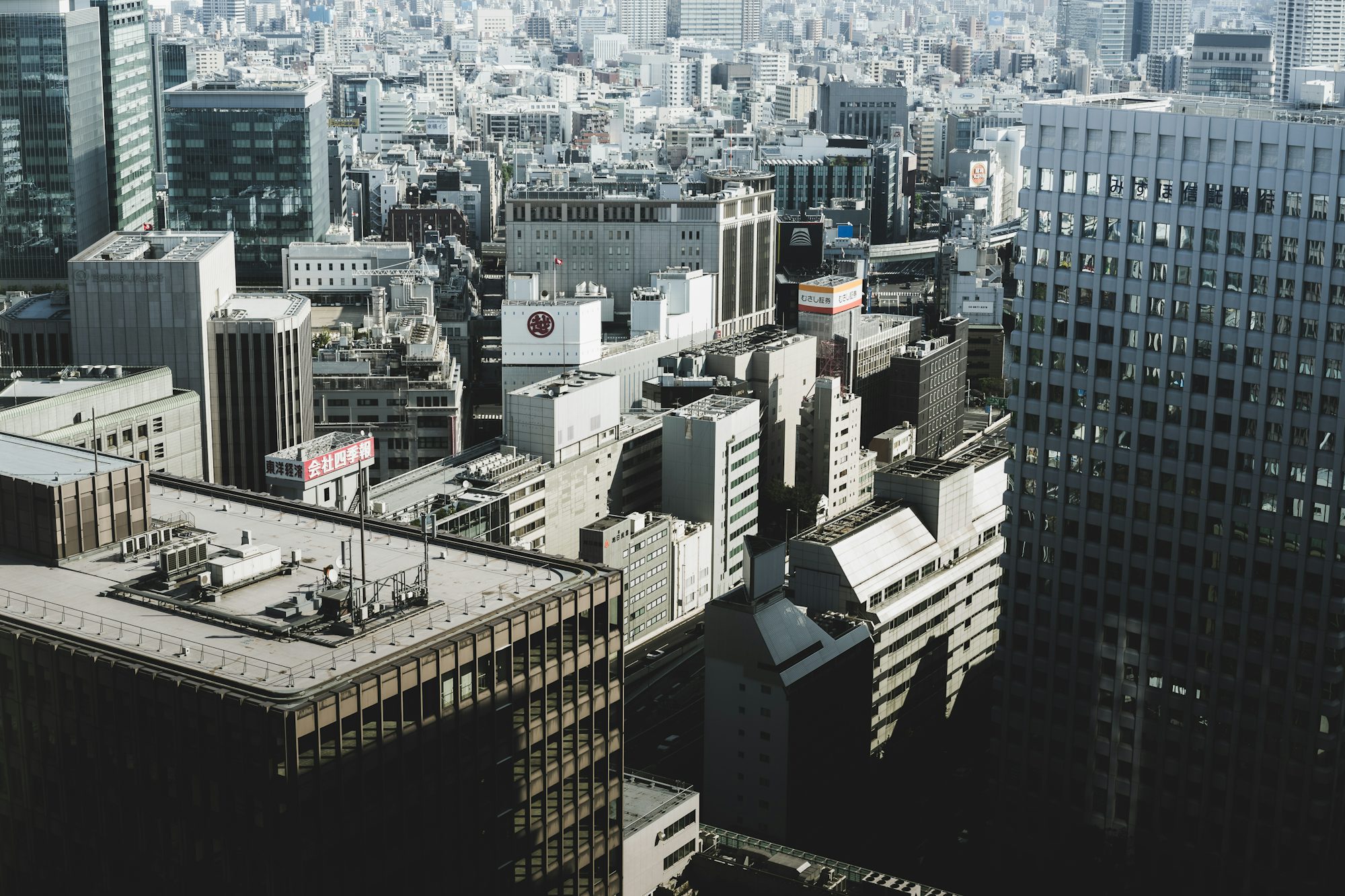Skyscraper Design Trends: Shaping the Future of Urban Architecture
This article explores the latest design trends in skyscrapers, focusing on sustainability, technology, and community integration as key elements in modern urban architecture.
One of the most significant trends in skyscraper design is the commitment to sustainability. As cities face the pressing challenges of climate change and resource depletion, architects and developers are increasingly focused on creating buildings that minimize environmental impact. Modern skyscrapers often incorporate green technologies such as solar panels, rainwater harvesting systems, and energy-efficient materials. The objective is to create structures that not only reduce their carbon footprint but also promote a healthier environment for their occupants. For example, the The Edge in Amsterdam is heralded as one of the greenest buildings in the world, featuring extensive use of natural light and sustainable energy sources, setting a benchmark for future developments.
Biophilic design is another emerging trend that emphasizes the integration of nature into architectural spaces. This approach seeks to create a connection between inhabitants and the natural environment, enhancing overall well-being. In skyscrapers, biophilic elements can include vertical gardens, natural ventilation systems, and the use of natural materials. Buildings like Bosco Verticale in Milan showcase how incorporating greenery can transform urban spaces, providing aesthetic appeal while also improving air quality and biodiversity. This focus on nature is not merely an aesthetic choice; it reflects a broader societal shift towards valuing health and well-being in urban environments.
Alongside sustainability, technological innovation plays a crucial role in the future of skyscraper design. The advent of smart building technologies has revolutionized how skyscrapers are constructed and operated. From energy management systems that optimize resource use to IoT devices that enhance security and comfort, technology is embedded in the very fabric of modern skyscrapers. For instance, buildings equipped with advanced sensors can monitor air quality, adjust lighting based on occupancy, and even manage waste more efficiently. This integration of technology not only improves operational efficiency but also enhances the experience of occupants, making skyscrapers more responsive to their needs.
Mixed-use developments are gaining traction as well, reflecting a shift towards creating urban spaces that promote community interaction. By combining residential, commercial, and recreational spaces within a single skyscraper, developers are fostering environments that encourage social engagement. This design approach addresses the urban challenge of isolation in densely populated areas, providing residents with access to essential services and leisure activities without the need to venture far from home. Projects like Hudson Yards in New York City exemplify this trend, offering a blend of apartments, offices, shops, and public spaces that cater to a diverse population.
Moreover, the concept of community-oriented skyscrapers is becoming increasingly important. Developers are recognizing that successful skyscrapers must resonate with the neighborhoods in which they are built. Engaging local communities in the design process ensures that buildings reflect the unique character and needs of the area. This collaborative approach can lead to innovative designs that enhance the sense of place and foster pride among residents. For example, the Aloha Tower in Hawaii has been revitalized as a community space that celebrates local culture and provides opportunities for public gatherings.
Cultural relevance is another key consideration in skyscraper design. Architects are increasingly looking to incorporate elements that reflect the heritage and identity of the city. This can manifest in various forms, from the use of local materials to architectural styles that pay homage to historical influences. The One World Trade Center in New York serves as a poignant example, with its design symbolizing resilience and hope, while also integrating elements that resonate with the city's historical narrative. By embedding cultural significance into skyscraper designs, architects can create buildings that foster a sense of belonging and connection among residents.
Additionally, the focus on health and wellness in skyscraper design has gained prominence in recent years. As urban populations become more health-conscious, skyscrapers are being designed with features that promote physical and mental well-being. This can include amenities such as fitness centers, outdoor spaces, and access to natural light. Studies have shown that buildings designed with wellness in mind can lead to increased productivity and improved quality of life for occupants. By prioritizing health and wellness, skyscrapers are becoming more than just places to live and work; they are spaces that actively contribute to the well-being of individuals and communities.
The challenges associated with urban density and population growth also influence skyscraper design trends. As cities become more crowded, the need for vertical living solutions is becoming paramount. Skyscrapers are evolving to accommodate larger populations while maintaining quality of life. This includes designing efficient floor plans, maximizing usable space, and incorporating communal areas that encourage social interaction. Vertical living is becoming more attractive as developers focus on creating environments where residents can thrive in close proximity to essential services and recreational opportunities.
Furthermore, the impact of climate resilience is shaping skyscraper design as well. With the increasing frequency of extreme weather events, architects are tasked with designing buildings that can withstand these challenges. This involves incorporating robust structural elements, utilizing materials that resist environmental stressors, and developing comprehensive emergency response systems. The emphasis on resilience ensures that skyscrapers are not only visually impressive but also safe and functional in the face of adversity.
In conclusion, the trends shaping skyscraper design today reflect a broader understanding of the role these structures play in urban environments. By prioritizing sustainability, technological innovation, community engagement, and cultural relevance, modern skyscrapers are evolving into more than just towering edifices. They are becoming integral components of vibrant, sustainable cities that enhance the quality of life for their inhabitants. As urban centers continue to grow, the future of skyscrapers lies in their ability to adapt to the needs of diverse populations while promoting health, well-being, and community connectivity. The skyscrapers of tomorrow will not only redefine city skylines but will also contribute to a more sustainable and inclusive urban future.